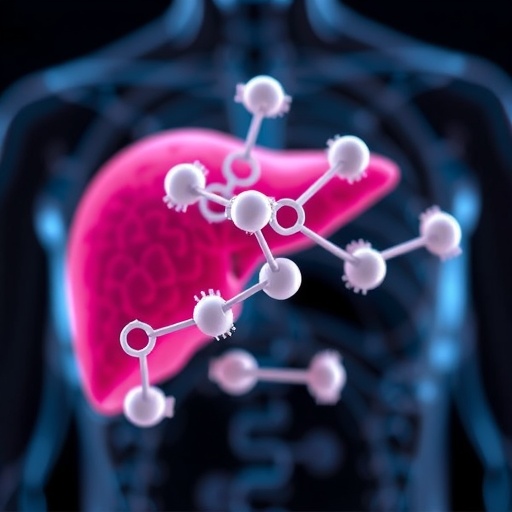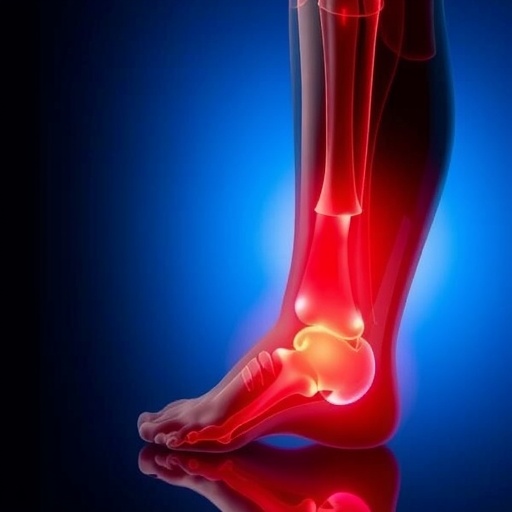Machines use Google-type algorithms on biopsy images to help children get treatment faster
Charlottesville, VA — A study published in the open access journal JAMA Open Network June 14 by scientists at the University of Virginia schools of Engineering and Medicine and the Data Science Institute says machine learning algorithms applied to biopsy images can shorten the time for diagnosing and treating a gut disease that often causes permanent physical and cognitive damage in children from impoverished areas.
In places where sanitation, potable water and food are scarce, there are high rates of children suffering from environmental enteric dysfunction, a disease that limits the gut’s ability to absorb essential nutrients and can lead to stunted growth, impaired brain development and even death.
The disease affects 20 percent of children under the age of 5 in low- and middle-income countries, such as Bangladesh, Zambia and Pakistan, but it also affects some children in rural Virginia.
For Dr. Sana Syed, an assistant professor of pediatrics in the UVA School of Medicine, this project is an example of why she got into medicine. “You’re talking about a disease that affects hundreds of thousands of children, and that is entirely preventable,” she said.
Syed is working with Donald Brown, founding director of the UVA Data Science Institute and W.S. Calcott Professor in the Department of Engineering Systems and Environment, to incorporate machine learning into the diagnostic process for health officials combating this disease. Syed and Brown are using a deep learning approach called “convolutional neural networks” to train computers to read thousands of images of biopsies. Pathologists can then learn from the algorithms how to more effectively screen patients based on where the neural network is looking for differences and where it is focusing its analysis to get results.
“These are the same types of algorithms Google is using in facial recognition, but we’re using them to aid in the diagnosis of disease through biopsy images,” said Brown.
The machine learning algorithm can provide insights that have evaded human eyes, validate pathologists’ diagnoses and shorten the time between imaging and diagnosis, and from a technical engineering perspective, might be able to offer a look into data science’s “black boxes” by giving clues into the thinking mechanism of the machine.
But for Syed, it is still about saving lives.
“There is so much poverty and such an unfair set of consequences,” she said. “If we can use these cutting-edge technologies and ways of looking at data through data science, we can get answers faster and help these children sooner.”
###
Syed’s and Brown’s research is funded by grants from the UVA Center for Engineering in Medicine and the integrated Translational Health Research Institute of Virginia (iTHRIV).
About the Center for Engineering in Medicine: The center identifies, develops and translates ideas at the engineering-medicine interface to improve prevention, diagnosis, monitoring and treatment of disease. UVA engineers and clinicians are forming innovative new research partnerships while building a comprehensive, sustainable ecosystem for advancing the future of medical care. Currently, more than 200 engineers and clinicians from 31 departments and divisions across UVA are engaged in engineering-medicine projects supported by the center. Learn more at engineering.virginia.edu/eim.
About the integrated Translational Health Research Institute of Virginia (iTHRIV): iTHRIV is a collaboration of public and private institutions across the Commonwealth of Virginia that promotes shared resources and best practices, team science, community engagement and innovation. iTHRIV integrates data science approaches through all aspects of clinical translational research to speed discovery and improve the health of our communities. iTHRIV is committed to train and equip the next generation of clinical and translational researchers. Health care solutions are hidden in underutilized data. The iTHRIV overall goal is to support clinical translational research for the benefit of diverse rural and urban populations by expanding iTHRIV infrastructure and improving processes. Learn more at http://www.
About UVA Engineering: As part of the top-ranked, comprehensive University of Virginia, UVA Engineering is one of the nation’s oldest and most respected engineering schools. Our mission is to make the world a better place by creating and disseminating knowledge and by preparing future engineering leaders. Outstanding students and faculty from around the world choose UVA Engineering because of our growing and internationally recognized education and research programs. UVA is the No. 1 public engineering school in the country for the percentage of women graduates, among schools with at least 75 degree earners; the No. 1 public engineering school in the United States for the four-year graduation rate of undergraduates students; and the top engineering school in the country for the rate of Ph.D. enrollment growth. Learn more at engineering.virginia.edu.
Media Contact
Wende Hope
[email protected]
Related Journal Article
https:/
http://dx.




